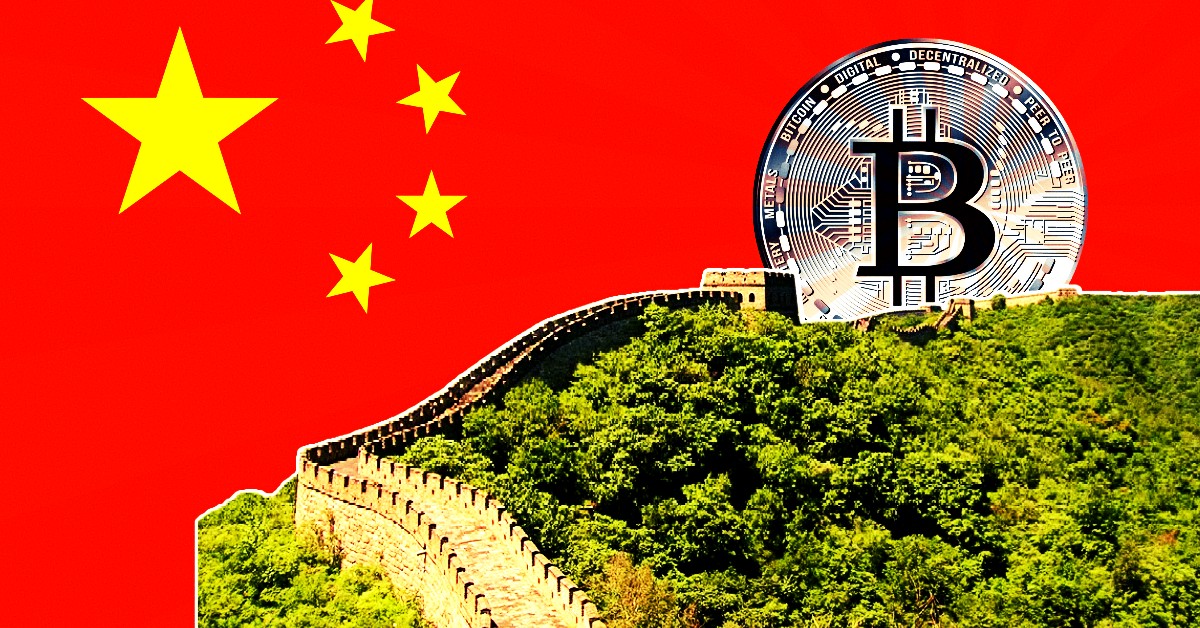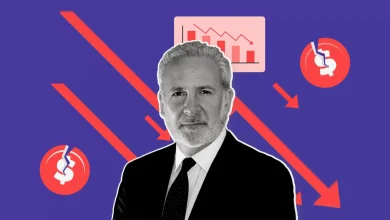
Introduction: Navigating Economic Challenges
In a bid to fortify its struggling economy, China has unveiled a comprehensive plan valued at 10 trillion yuan ($1.4 trillion). This initiative, which involves allowing local governments to refinance their debt, is part of a series of additional measures aimed at stabilizing the nation’s financial trajectory amid potential volatility. The timing is crucial as geopolitical dynamics, such as the anticipated return of Trump to the White House, could further influence economic conditions.
Efforts To Stabilise a Faltering Economy
China, the world’s second-largest economic powerhouse, has faced significant challenges over the past year. The nation is grappling with deflationary pressures, weakened demand, a property sector crisis, and increasing financial strains on local governments. The economic landscape appears increasingly precarious, especially with the looming threat of substantial tariffs on Chinese goods. In response, Finance Minister Lan Fo’an announced an allowance for borrowing capped at 6 trillion yuan ($838 billion) over three years to help regional governments address and replace their “hidden debt.” This debt is typically associated with high-risk local government financing platforms supported by cities or provinces.
Moreover, local governments will have access to a distinct 4 trillion yuan ($558 billion) quota through special local bonds over five years, aimed at reducing their debt burdens. This announcement followed a five-day session of China’s top legislative body, the Standing Committee of the National People’s Congress (NPC). The initiative highlights China’s strategic focus on repairing financial imbalances and stabilizing growth rather than aggressively stimulating it.
Analyzing the Impact: Will It Make Any Difference?
Despite the ambitious scope of the refinancing plan, experts question its potential impact. Mark Williams, Chief Asia Economist at Capital Economics, remarked that the package, amounting to only about 0.5% of the current gross domestic product over five years, is unlikely to produce significant changes. “Clearly, that’s not going to make any appreciable difference,” Williams pointed out. This sentiment was echoed by Shehzadh Qazi, Managing Director of China Beige Book, who expressed skepticism about the plan’s ability to meaningfully stimulate market growth.
The combination of prolonged pandemic restrictions and a severe real estate crisis has depleted local government funds, leaving many authorities with substantial debt and limited resources to stimulate economic growth. In some regions, the financial situation is dire enough that local governments struggle to provide basic services, raising the risk of defaults.
Addressing China’s Massive Hidden Debt
As of the end of 2023, China was burdened with a massive hidden debt balance amounting to 14.3 trillion yuan ($1.99 trillion). Officials have set an ambitious target to reduce this figure to 2.3 trillion yuan ($320 billion) by 2028. Lan highlighted that the expectation of a massive fiscal package was unrealistic, emphasizing that the policy goal is to achieve GDP growth targets and mitigate risks rather than reignite the economy in a substantial way.
After a summer marked by gloomy economic indicators, China’s leader Xi Jinping decided to proceed with a crucial stimulus package, primarily focused on monetary measures, in late September. Since then, economic analysts have been anticipating further governmental actions to support the nation’s recovery efforts.
Conclusion: Navigating the Future
China’s strategic approach to economic revitalization reflects a delicate balancing act of addressing immediate financial strains while setting the foundation for sustained growth. As the global economic landscape continues to evolve, China’s ability to navigate these challenges will be instrumental in shaping its future economic trajectory.






